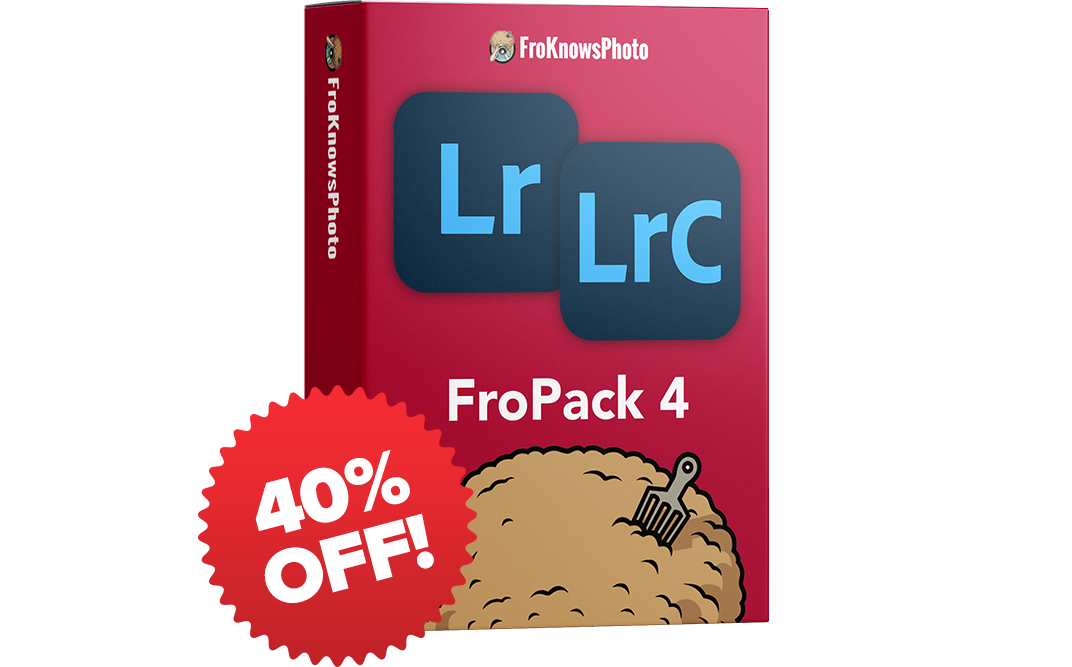Canon XC10 4K Camcorder "Real World Review": BETTER than a DSLR?
Canon sent us a pair of XC10’s to play around with a few months after the initial announcement of the new camcorders at NAB last year. What did I expect? Not much, since the first reviews coming out weren’t very fond of the new hybrid camera (because they barely used it!). Is it a DSLR? Is it a camcorder? It’s both!
After several “Real World Review” shoots with the camera, including the Sony RX100 IV Review, Sigma 150-600mm Review, Vegas Helicopter 5-Min Portrait and more, I quickly fell in love with it. Not only was it perfect for our run-and-gun style of shooting, but the overall quality we were seeing blew us away–for both the price and size.
Price:
Speaking of price, this thing came out initially at $2,500, which fell between the Canon 5D Mark III and Canon 70D (at the time). Fast forward six months, and the price dropped to $2,000, which to me, is the right price point to be at.
Specifications:
Spec wise, this “C type” camera (their words, not mine!), is housed in a body very similar to its “bigger brothers” cinema line–the C100 Mark II and C300 Mark II. If you’ve shot on any of these cameras–why I have–you’ll find the transition to shooting the XC10 a very comfortable one. Borrowing a lot of features and menu settings from its “brothers,” the camera has professional audio and video settings at an affordable price. Sporting a 1″ sensor with a Digic DV 5 processor, the camera captures 12 stops of dynamic range (compared to the 5D’s ~10 stops) at a native ISO range of 100-20,000 (or gain range of 0-42DB). Keep in mind, however, when you’re shooting in C-Log that the lowest possible native ISO is 500.
Ergonomics:
Let’s look at the outside of the camera. It comes equipped with a detachable viewfinder loupe and diopter, which I use on EVERY shoot we do. It adds both an extra stabilization point, but also lets you see your exposure and focus better on bright sunny days. The viewfinder attaches to a tiltable 3″ touchscreen, which I rarely find myself touching since like I said–I always have the loupe attached. It makes it more difficult to navigate through the menu though, but you can simply use the joy stick to navigate throughout the menu and change function settings while shooting. The screen isn’t the only thing that moves either, it has a tiltable grip that tilts up/down 90 degrees for shooting low/high angles, and I love shooting near-ground level (why else do you think Jared’s “guns” look do big?!).
Another feature that it borrows from its brothers include the three user-assigned custom buttons and jog wheel that can be pre-programmed to almost anything you want. I personally set the jog wheel to ISO and ride that throughout our shoots (it offers a very smooth ISO transition when quickly adjusting, unlike the 5D’s jarring shift) and set the camera to f/5.6, 1/48th shutter, and call it a day. I preset the customs buttons to push autofocus (C3), initiate ND filter (C1) and push-in magnification (C2) to double check focus. Having C3 on the top of the grip makes it easier to push focus when needed too, using just my right hand thumb.
Another feature that is convenient for current Canon shooters (like myself) is the fact that it uses the same battery as the EOS DSLRs–the LP-E6. Lucky for me, I have about 15 of those suckers lying around from my 5D Mark III. The shell of the camera also sports a hotshoe for mounting accessories like LEDs or mics, which we do every time we shoot.
Lens:
Lens options? There isn’t any, but that doesn’t stop me from using the hybrid camera. It has a fixed 10x optical zoom lens featuring a focal range of 27-273mm when in video mode (35mm equivalent). Sounds great right?! The downfall? It’s a variable aperture lens with an opening of f/2.8 at its widest focal length and stopped down to f/5.6 when fully zoomed out. I won’t lie, this originally had me doubting the camera, as I usually shoot wide open at f/2.8 (zoomed out) for nearly every shoot I do with Jared: it gives us that nice creamy background when possible.
Photo Options:
This camera isn’t just for video enthusiasts either. Canon recommends it to all journalists, as it also takes 8MP frame grabs (JPEG only) from 4K footage or it’ll shoot dedicated 12MP stills in photo mode. I’ve personally had no use for this setting (that’s when I bust of the 5D!), but I can easily see where this option comes in handy for the one-man-band out “in the field.” Transferring those stills never got easier too, with the built-in WiFi, which can easily pair with your phone for easy uploading on-location.
Video:
Let’s dive deeper back into the video specs. This camera will shoot both 4K and 1080P. However, the 4K option is Ultra HD and not full “cinema” DCI 4K (3840×2160 vs 4096x2160px)–sorry filmmakers. Speaking of video, you will need two separate cards if you plan to shoot both resolutions. The XC10 has an SD card slot along with a CFast 2.0 slot. However, the SD card will ONLY record 1080P (and stills), while 4K can ONLY be recorded to the CFast 2.0 card. This isn’t an issue with us, but I can see how it can be to a shooter who’s limited with their memory cards. 4K will shoot in framerates at up to 30fps, while 1080P is a better solution for slow motion, as it will record at up to 60fps. Or, if you really need to slow things down, you can go the 720P route and record at up to 120fps.
4K Sample Footage from the Canon XC10.
Post Production:
Meanwhile, if you’re an editor or colorist, you will LOVE the data rate from the XC10. Recording at 4K, users can choose from either a 205 or 305 mbps data rate, or 35 or 50mbps at 1080P–very high data rate means more information to play with in post. Not only is the bitrate incredible for such a small camera, it also records an 8-bit 4:2:2 stream, (or 10-bit with an external recorder if you’re really feeling fancy–it supports clean HDMI out) while most consumer cameras, especially DSLRs (including the 5D Mark III), record in 4:2:0 color sampling. Again, this helps with better color grading in post.
What else helps with post production? Picture profiles, and the XC10 has plenty of them. If you’re used to the cinema line, you’ll be happy to know the XC10 records everything from the EOS standard profile (think 5D Mark III) to C-Log to Wide DR. I found that shooting for the highlights works best too, as the highlights tend to get crushed and are not recoverable in post if you push your exposure too high.
A “Run-and-Gun” Camera:
Shooting with our “run-and-gun” style is always an issue when it comes to camera shake, as we’re usually hand-holding cameras on some sort of shoulder rig. As much as Image Stabilization helps in lenses, it’s not the best. However, with the XC10 having built-in optical image stabilization along with additional digital IS (Powered and Dynamic stabilization modes), I find myself rarely needing to stabilize the footage in post (ie. Warp Stabilizer). I find that the combination of the optical IS on the lens with the Powered and Dynamic stabilizers, I can hand-hold this without a rig and still have usable steady footage.
It also helps that it only weighs TWO pounds–light enough to mount on a drone! Bye 10-pound shoulder rig counterweight! Other things that help out on shoots? Professional video features like timecode, focus peaking, zebra lines, color bars, and 2x magnification to check focus.
Another great feature for our fast-paced reviews is the autofocus, which includes face detection and tracking. We found that the face detection works incredibly well, but when trying to focus on something that doesn’t include a face in the frame while that features is on–it just hunts. Also, while autofocusing in the normal mode, it tends to have a very slow focus (even at highest speed setting), but when it hits, it’s TACK sharp. Sometimes during our reviews, I would have Jared re-do something if the camera didn’t achieve focus fast enough to catch it. However, tracking fighter jets flying full speed during our Atlantic City Air Show shoot wasn’t an issue… On that topic, we had no overheating issues while shooting 4K for that review, which was on a very HOT Summer day. The XC10 comes complete with an exhaust vent for continuous cool recording at full resolution internally–take that mirrorless cameras! Another thing that saved us during that shoot was the built-in 3-step ND filter, which I find myself using on almost every daytime shoot. Sometimes that is not enough though, as the camera only stops down to f/11. Combining the built-in ND filter and stopped fully down, you’ll find yourself praying for clouds on a sunny day at high noon. For those scenarios, you’ll want to carry an extra variable 58mm ND filter (we use HOYA!).
Audio:
The audio features are superb too, much more than most consumer DSLRs. It houses a stereo microphone on the top, which comes with multiple audio modes while shooting (music, interview, etc). We usually plug directly in for the cleanest possible signal for the one-man-band, and that’s possible due to the 3.5mm audio and separate headphone jack for monitoring. It also has built-in compressors, limiters and a low-cut filter for those windy or noisy environments.
Final Thoughts:
In the end, I love using this camera for our style of shoots. It’s lightweight, has a killer IS system, and the quality is unlike any other at this price point. Not having to attempt to rack focus quickly on a moving subject (ie Jared) makes using this camera a breeze. The quality I’m getting out of this “c-type” camera could easily serve as my main camera. 4K at 305mbps at 4:2:2 in C-Log doesn’t get much better if you’re a filmmaker on a budget. Achieving that “cinematic” background blur is totally possible with this camera too, as long as you’re fully zoomed out with your subject and background having a decent amount of distance between them–I typically will stand back 25-50 feet from Jared if he’s talking to the camera.
Cons:
Now on to what I hope they will change for the next generation of this camera: being able to stop down past f/11 for those “sunny 16” days. Also, having the lens act more like a camcorder versus the traditional manual SLR-like zoom. Why not offer a smoother powered zoom if you’re going to make it a fixed lens anyway? Speaking of the lens, I wish it would be a constant f/2.8, or even f/4–right now I use it as a constant f/5.6 lens, since I have my aperture locked typically. The ISO is good enough to bump up to around 5000 without much noise. After that, the image tends to soften up with nasty color noise. Meanwhile, focus racking isn’t easy to achieve as the focus ring racks VERY slowly. You’ll find yourself turning the focus ring a full two or three times sometime to achieve focus, so I stay away from using focus pullers on this rig, and rely solely on the autofocus. I love the viewfinder loupe, but it is certainly a pain to put on and take off, especially when needing to do it quickly. You need both hands to do it, so you’ll most likely need to put down the camera, taking away from time filming. Honestly, I would rather have someone like Zacuto make a dedicated loupe for this that attaches/detaches quickly like their Z-finder.
Who’s it for?
So do we recommend it? Definitely. If you’re the type of shooter that’s a one-man-band (like me!) than this camera is a God-send. If you’re looking for great look 4K than can easily be manipulated in post, this is you’re camera. I can see documentary shooters using this alongside C300 Mark II’s, or wedding videographers busting this out during the ceremony. For a first generation camera, Canon really hit it out of the park. Yes, there’s some slight issues that make it a little more complicated to shoot than what you’re used to but once you take this little guy on a few shoots, you’ll find it never leaving your side. Here’s to the XC10 Mark II, I’m lookin’ at you Canon!




